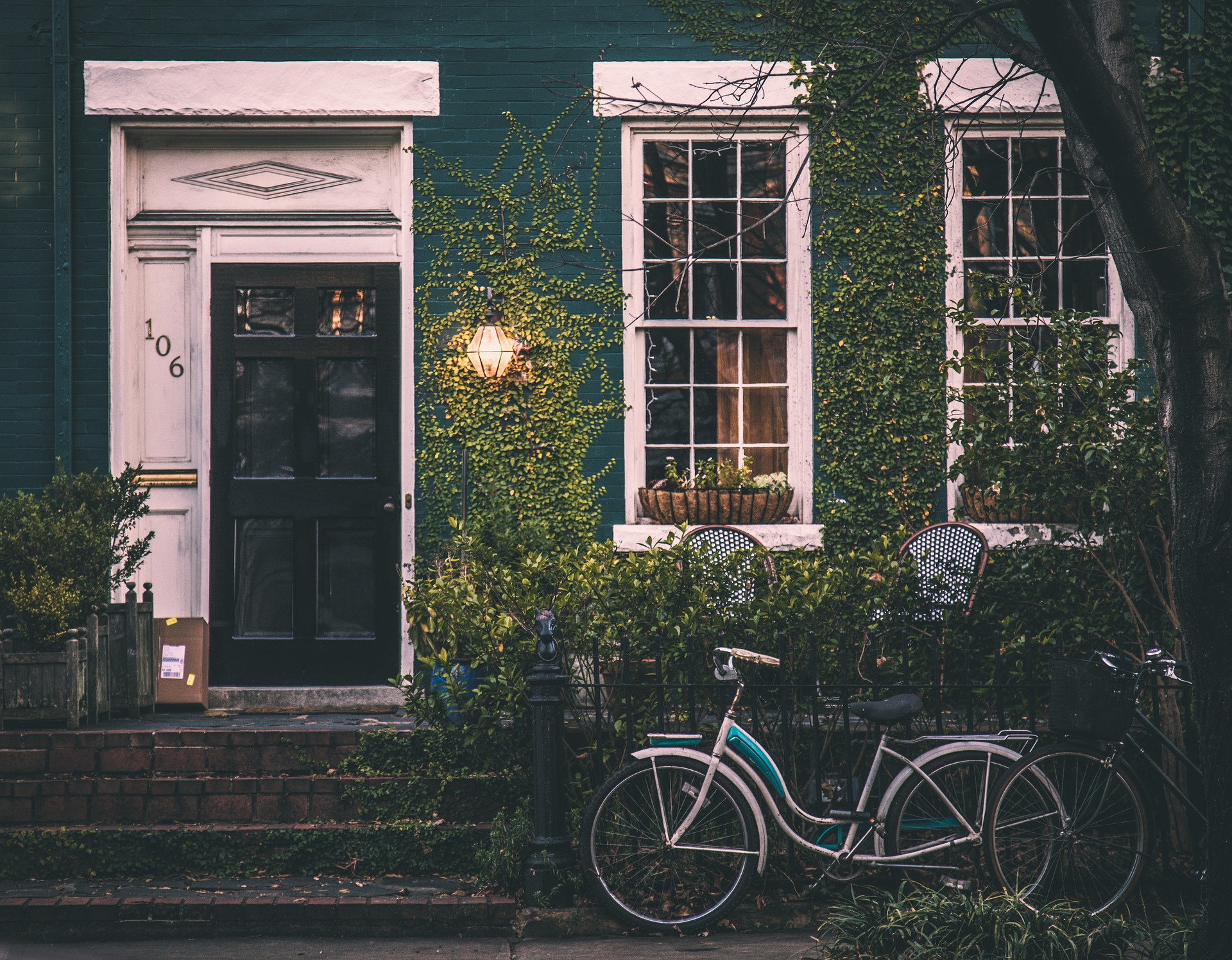Buying an older home means buying a dwelling that’s full of craftsmanship and materials from an era that will never be replicated. An older home is often said to have good bones, which means the materials used to build the structure are sound, solid, and hard to weaken.
Now, there are issues with older homes that must be addressed before buying one, as a home may suffer from lack of maintenance. You do need to go through the home inspection with an inspector who understands these issues, but here are three important things to consider when considering an older home.
Thinking about buying an older home with character? Discover top-notch Nashville home inspection services designed to ensure your property is in excellent condition. Learn about key factors to consider, like potential upgrades and hidden problems. And don’t forget a thorough Nashville home inspection to ensure your new place is up to code and ready for your family.
Hazardous Materials Throughout the House
Asbestos and lead are two common issues that plague older homes. Asbestos saw commercial use starting in the late 1800s and was a popular material for insulation. It wasn’t until 1938 that fiberglass insulation was invented, which means unknown numbers of homes could still have asbestos insulation. Asbestos needs to be removed, as it’s too risky to leave in place. If the previous owners ignored the issue, you might want to pass on the home due to remediation cost.
Lead paint is still very prevalent in older homes. If you find paint chipping or peeling anywhere, have it tested for lead. If it comes back positive, you might want to investigate to determine how much lead is on the walls and if it’s worth the remediation project.
Old HVAC Systems
Sometimes an older home comes with a heating system known as an “octopus.” It gets the name from all the ducts that come out of the unit and spread throughout the home. Such a system relied on heat rising upward through the ducts to warm the home. These systems may or may not be viable for use in the home.
You’ll need an HVAC technician to come in and check out how well the system works and give you an idea of how much it would cost to run or replace. From there, it’s up to you if you want to deal with the removal and replacement of a 100-year-old heating system.
Mold
Mold often develops in the basement due to damp conditions, but it’s not unusual for mold to be present in bathrooms. And when mold takes hold, it’s difficult to eliminate it without fixing the source of the problem.
You may have groundwater leaking in through a crack in the foundation or a plumbing leak in a bathroom, creating a playground for mold to grow on. If you see mold, you need to figure out if the problem is worth dealing with or not. Mold is a unique problem that sometimes resists removal efforts.
Buying an older home has the potential to become a rewarding experience, but only if you make an informed decision. Listen to the professionals you hire to investigate the home, and take their advice. You don’t want to find out that the home isn’t the bargain you thought it would be.


Choose The Best From Among All Plumbing, Heating and Air Companies in Birmingham. Choose Eagle Services Company to Service, Repair and Install,
Thank you for your valuable advice, this is relevant for me, I am also currently looking at options on the federa website. The most common and significant risks that can befall You in the real estate market: recognition of the contract of purchase of real estate invalid, registered persons in the apartment who can not be evicted, claims of third parties and satisfaction of their claims at the expense of the purchased housing, problems with the Deposit
However, you have to have different considerations in your search for such an apartment, more clear and cautious than in the purchase of other real estate. You will probably want to stay there forever, so the cabin will have to hold you, make you happy for the long term.